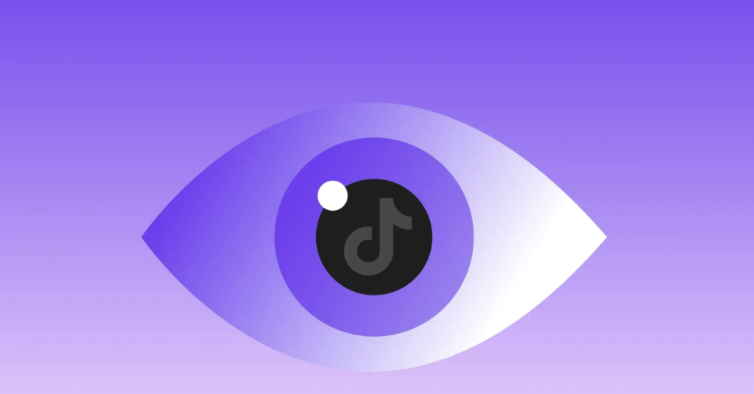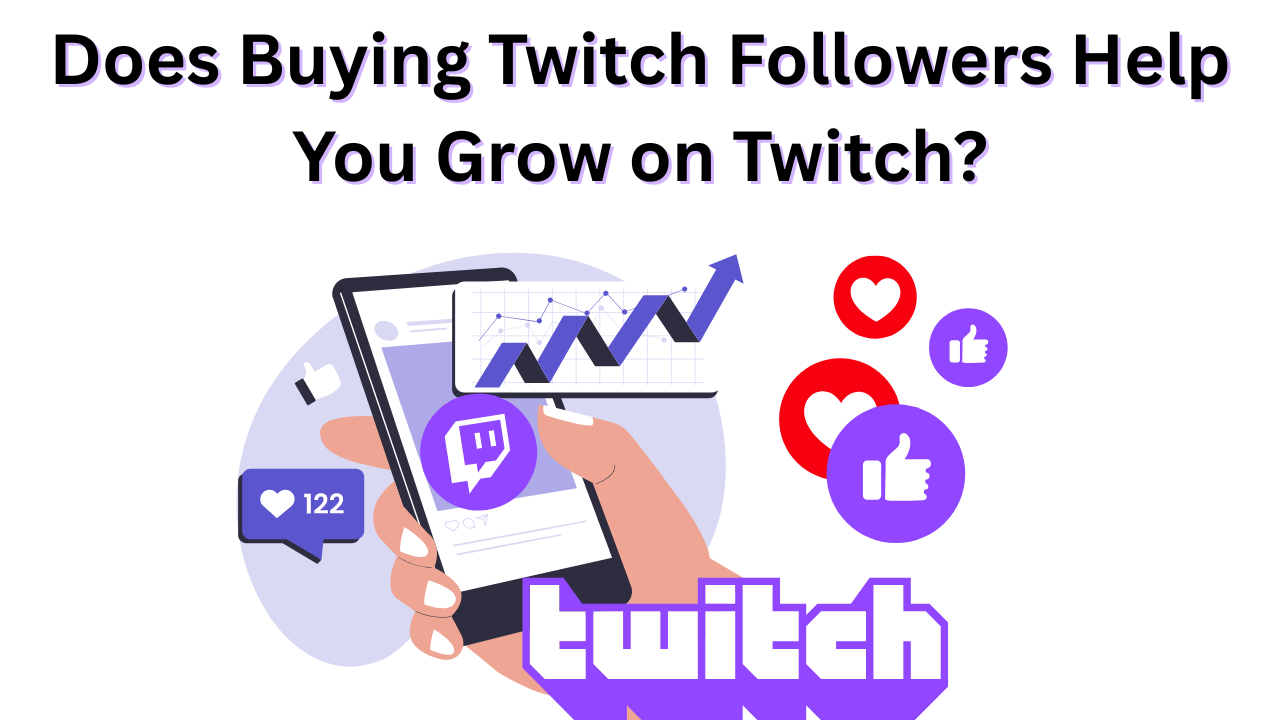TikTok Statistics: Understanding the Platform’s Impact
Published: October 12, 2024
TikTok statistics reveal how this app has captured the world’s attention.
It isn’t just about short TikTok videos anymore – it’s where people connect, shop, and follow trends.
As a result, many brands are turning to TikTok Promotion Services to maximize their reach and engagement.
The app’s rapid growth shows no signs of slowing down, and it’s easy to see why: TikTok’s unique design encourages interaction, making every scroll feel personal.
Let’s dive into the key numbers that explain how TikTok is shaping online behavior and what it means for both TikTok users and businesses.
What Makes TikTok So Addictive?
TikTok’s For You Page (FYP) is a huge part of why TikTok users identified can’t get enough.
The app’s algorithm is built to learn your preferences and show TikTok videos tailored to your interests.
This personalized experience keeps TikTok users coming back again and again.
- 95 minutes: That’s the average daily time TikTok users spend on TikTok, far exceeding other platforms like Instagram and Facebook. (HubSpot Blog)
- 2.65% engagement rate: TikTok’s engagement rate beats Instagram’s 0.7%, meaning users aren’t just scrolling – they’re interacting with the content they see. (Metricool)
TikTok’s genius lies in how it makes discovery feel organic.
The next video could introduce you to a new song, fashion trend, or even a product you didn’t know you needed.
That’s why TikTok isn’t just entertainment; it’s also becoming a powerful tool for brands.
Who’s Using TikTok?

TikTok’s core audience is young – but not only teenagers are hooked.
While 63% of U.S. teens use TikTok regularly, people across other age groups are also engaging.
About 28% of users are in the 40-49 age range, showing that TikTok appeals to more than just Gen Z.
Interestingly, TikTok’s gender split is nearly even, with 52% male social media users and 48% female users.
The U.S. leads the way with 149 million users, followed by Indonesia and Brazil. (Sprout Social)
Shopping and TikTok: How Videos Drive Sales
TikTok has quietly become a giant in e-commerce. Monthly active users don’t just watch videos – they TikTok shop through them.
In fact, 71% of users report buying products after discovering them on TikTok, often through influencer recommendations.
Why TikTok is changing how people shop
- 55% of users admit to making impulse purchases on the app.
- 67% of female shoppers say they trust product recommendations from TikTok creators.
(Influencer Marketing Hub)
TikTok Shop is a standout feature. It blends shopping with entertainment, letting TikTok users explore and buy products directly from videos.
This seamless integration has made TikTok a go-to platform for businesses looking to boost sales.
A Closer Look at TikTok’s Influence in Marketing

Brands have taken notice of TikTok’s influence. Companies that use TikTok for marketing report higher engagement rates and better returns compared to other platforms.
TikTok ads, which are designed to feel more like content than traditional commercials, perform especially well.
- $31 billion in ad revenue: The TikTok advertising revenue reached this milestone in 2023, with a 55% growth forecasted for 2024.
- 26% boost in brand favorability: Campaigns featuring TikTok influencers see a noticeable increase in how TikTok users view the brand.
If you’ve ever come across a creator showcasing a product in a TikTok video, you’ve experienced this type of marketing firsthand.
It works because it feels natural. Monthly active users feel connected to influencers, making them more likely to trust their recommendations.
Comparison of Social Media Platforms (2024)
| Platform | Average Daily Time Spent | Engagement Rate | TikTok User Statistics Demographic |
| TikTok | 95 minutes | 2.65% | Gen Z (18-24 years) |
| 50 minutes | 0.7% | Millennials (25-34 years) | |
| 33 minutes | 0.6% | Adults (35-49 years) |
This table shows how TikTok outshines its competitors, not just in engagement but also in the time TikTok users spend on the platform.
Its addictive nature and diverse content make it the go-to TikTok app for many people today.
TikTok’s Growing Role in Social Search
TikTok is becoming more than just a video app – it’s slowly turning into a search engine.
Many Gen Z users now use TikTok and Instagram for searches instead of both the App Store and Google Play Store.
The app makes it easy to find product recommendations, tutorials, and trends.
In 2024, 15.4% of TikTok users engaged in search activities on the platform, compared to just 11% the previous year. (Influencer Marketing Hub)
This shift reflects how monthly active users prefer to discover information through engaging videos rather than traditional web searches.
Challenges TikTok Faces: Privacy Concerns and Regulations
Despite its success, TikTok isn’t without challenges. Privacy concerns have led to regulatory scrutiny, particularly in the U.S.
Lawmakers have raised questions about how TikTok handles user data, with some even proposing a ban on the app unless ByteDance divests its U.S. operations.
These privacy debates have created uncertainty for both monthly active users and businesses that rely heavily on TikTok for marketing.
However, 76% of Gen Z monthly active users say they would be upset if TikTok were banned, showing just how deeply connected people are to the platform.
The Future of TikTok: New Features and Trends
TikTok isn’t slowing down. The app continues to roll out new features like augmented reality (AR) tools and live streaming, which offer even more ways for monthly active users to engage.
AR filters have become especially most popular TikTok users, with many brands using them to create interactive ad campaigns.
Live streaming on TikTok has also taken off. Global TikTok users and brands alike use it for product showcases, Q&A sessions, and even live shopping events.
This direct interaction between creators and audiences helps build stronger connections and boosts sales.
Final Thoughts
TikTok statistics show that this platform has fundamentally changed the way we interact online. With 1 billion monthly active users, it’s clear that TikTok isn’t just a fad – it’s here to stay.
The app’s ability to blend entertainment, shopping, and social interaction makes it a powerful force in the digital world.
What sets TikTok apart is how personal it feels. Every user’s experience is different, and the platform’s algorithm makes sure of that.
This personal connection, combined with high engagement rates and innovative features, ensures that TikTok will remain a major player in the social media landscape for years to come.
Whether you use TikTok for fun, business, or shopping, understanding the TikTok statistics behind it gives you a better idea of how the platform fits into our daily lives.
For those also interested in social media trends, it’s worth checking out the most up-to-date statistics about Instagram to compare how these two platforms are shaping online interactions.
Frequently Asked Questions
What Are Some TikTok Statistics?
TikTok has grown into one of the most influential social media platforms globally.
With over 1 billion monthly active users worldwide, it has quickly become a staple for entertainment, marketing, and shopping.
In 2023 alone, TikTok downloads 767 million times, placing it among the most TikTok downloads apps of the year based on TikTok statistics.
People spend a lot of time on TikTok – the average user spends 95 minutes per day on the app, which is significantly higher than platforms like Instagram (50 minutes) or Facebook (33 minutes)
TikTok’s algorithm drives deep engagement. With an average engagement rate of 2.65% per post, it far outperforms other social media apps, where typical engagement rates are less than 1%.
This engagement has made TikTok a hot spot for marketers and TikTok influencers.
71% of TikTok accounts have bought a product they saw on the platform, and 55% have made impulse purchases, highlighting the app’s influence on shopping behavior.
TikTok’s growing popularity shows no signs of slowing down, with its ad revenue expected to exceed $17 billion in 2024.
What Age Uses TikTok Most?

TikTok’s largest user demographic consists of young adults aged 18 to 24.
Nearly half of all TikTok accounts fall within this age range, making Gen Z the app’s largest TikTok audience for TikTok downloads.
However, TikTok’s reach extends to other age groups as well. About 28% of monthly active users are between 40 and 49 years old, proving that TikTok isn’t just a teenage hangout.
Interestingly, older TikTok accounts are also catching on, with 23% of global TikTok users aged 50-59 years actively engaging with the platform.
The appeal of TikTok lies in its ability to cater to different interests across all age groups.
Young adults use it to follow trends, share memes, and interact with influencers, while older audiences use it for product discovery, recipes, or even health tips.
This broad appeal helps TikTok maintain its growth and stay relevant across generations, cementing its place as a leading social media platform.
Who Is #1 on TikTok?
As of 2024, the most-followed person on TikTok is Khaby Lame, with over 161 million followers for TikTok downloads and most liked TikToks.
If you’re wondering how many TikToks are posted a day?, the sheer volume of content highlights the platform’s massive engagement.
Khaby rose to fame through his clever, wordless reactions to overly complicated life hacks.
His ability to communicate humor without speaking transcends language barriers, making him a global sensation.
Before Khaby, Charli D’Amelio held the top spot for quite some time with her dance TikTok videos and lifestyle content.
Charli still maintains a massive following, currently boasting around 150 million followers.
Celebrities and influencers dominate TikTok, but the platform has also given rise to creators who were previously unknown. While some might choose to buy TikTok followers to boost their visibility.
What makes Khaby’s success remarkable is that he didn’t start with a celebrity background or huge following – he built his largest TikTok audience purely through creativity and consistency in his TikTok posts.
This shows how TikTok’s algorithm can amplify regular TikTok users into global stars, provided their content resonates with audiences.
What Is the Most Popular Content on TikTok?
TikTok thrives on short-form, entertaining TikTok videos that hook TikTok users quickly.
Some of the most popular types of content include dance challenges, comedic skits, lip-sync TikTok videos, and product reviews.
Trends often emerge organically, driven by user participation and viral challenges.
A prime example is the “Renegade” dance challenge, which dominated the platform and helped make short dance TikTok videos synonymous with TikTok culture.
Music plays a huge role in shaping TikTok’s content.
Songs that go viral on TikTok often climb the charts on Spotify and Apple Music, showing how the app influences pop culture beyond its own ecosystem.
Sound-based trends, where TikTok users create videos around a particular audio clip, are also highly popular.
Beyond entertainment, educational videos and “TikTok hacks” – tips for cooking, cleaning, and life in general – get millions of views, proving that TikTok isn’t just about fun but also practical knowledge. Choose to buy TikTok views to amplify your reach, the real value comes from the content that resonates with users, offering both entertainment and useful insights.
TikTok’s most engaging content often involves participation. Whether through challenges or trends, TikTok users feel connected when they can recreate a popular video in their own style.
While some may opt to buy TikTok likes in an attempt to boost their presence, it’s this unique, interactive culture that truly sets TikTok apart from other social platforms, making it a space where creativity and immersion go hand in hand.



